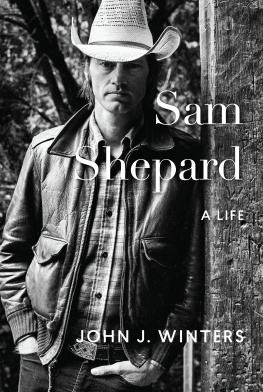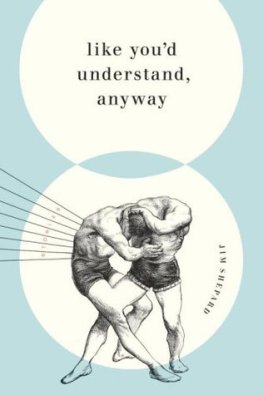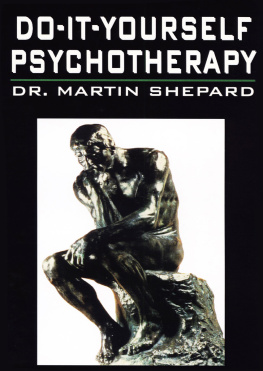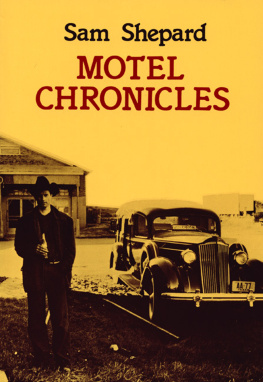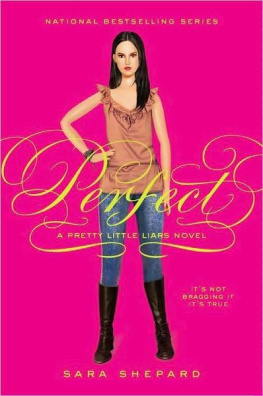


Copyright 2017 by John J. Winters
All rights reserved under International and Pan-American Copyright Conventions. No part of this book may be used or reproduced in any manner whatsoever without written permission from the publisher, except in the case of brief quotations embodied in critical articles and reviews.
Library of Congress Cataloging-in-Publication Data Is Available
eISBN 978-1-61902-984-2
Jacket design by Kelly Winton
Jacket design by Kelly Winton
COUNTERPOINT
2560 Ninth Street, Suite 318
Berkeley, CA 94710
www.counterpointpress.com
Printed in the United States of America
Distributed by Publishers Group West
10 9 8 7 6 5 4 3 2 1

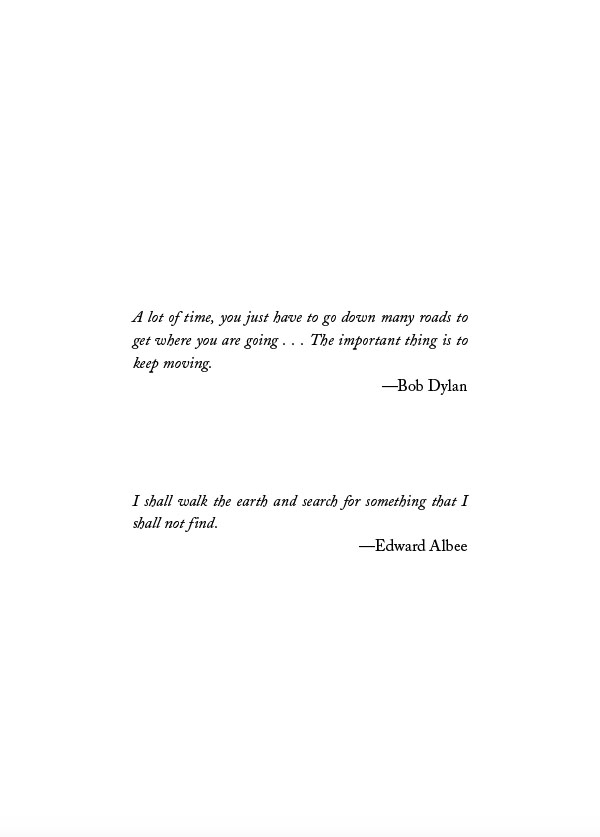
Contents
Preface

O n a fall day in 2004, Sam Shepard was back on the streets of New York. Over the years, hed avoided the place. But this is where it had all begun, four decades earlier, when hed gotten off an eastbound bus in Times Square so broke and hungry he had to sell a pint of blood to get a cheeseburger. He was known then as Steve Rogers, a lanky kid with a face as handsome as it was inscrutable, a young man full of ambition but unsure what he wanted from life. He could act, but hated auditioning. Hed been a musician, but couldnt afford a decent drum kit. Then there was writing; this he knew he could do. Specifically, he could write dialogue, drawn from the voices he was hearing both in his head and on the street. So thats what he went with. He was good and he was lucky. In short order, the new arrival was writing one-act plays that spoke to a new generation of theatergoers, making a name for himself around the small theaters of Greenwich Village and, at the age of twenty-two, being dubbed by the New York Times the generally acknowledged genius of Off-Off-Broadway. Eventually, hed also take up both music and acting, and the ensuing years would bring a Pulitzer Prize, an Oscar nomination, awards at Cannes, a working relationship with Bob Dylan, well-regarded short story collections, and a movie star lover. Not bad for a Southern California kid whose greatest dream had once been to be a veterinarian with a flashy station wagon, and a flashy blond wife, raising German shepherds in some fancy suburb.
Much had changed in four decades. Shepard stood on Bank Street on that fall afternoon in 2004, surrounded by memories of his earliest days in the city. He lit a cigar in the shade of a small tree, looked down, and saw a bronze plaque that read Joseph Chaikin 19352003. Shepard still couldnt believe his old friend and mentor, a giant in the world of avant-garde theater, was gone. Theres nothing like the memory of a lost friend to remind a man of his own mortality. Perhaps it was with a slight shudder that Shepard mused: One day, no doubt, therell be a little plaque like that for me somewhere. Wonder what the end date will be?
That destiny was on Shepards mind should not come as any surprise. Since the beginning of his career, it has been a central theme in much of his work. Even before hed studied the ancient Greeks, for whom destiny was everything, Shepard was dealing with the immortal questions. I find destiny and fate far more plausible than all this psychological stuff, he once told an interviewer. Shepards greatest plays turn on the inevitability of destiny and the persistence of heredity, which he envisions coursing like poison in the blood, a trap one cant avoid.
Chronicling the life story of Sam Shepard means tracking a moving target, as hes ranged artistically and geographically all over the map in what his friend the film director Michael Almereyda refers to as Shepards sweeping road movie of a life. And quite a life it has been. With more than fifty-five plays to his credit, including the 1979 Pulitzer Prizewinning Buried Child, Shepard has impacted American theater as much as any playwright of the past half century. Critics have enthused over how he has forged a whole new kind of American play. Venerating him as well is a later generation of playwrights who came of age in his large shadow; Suzan-Lori Parks, herself a Pulitzer winner, once sent Shepard a fan letter calling him her gorgeous north star.
Shepards achievements as a playwright would alone make him a natural subject for a comprehensive biography. However, he has triumphed in several other fields as well, most notably as an actor. Shepards appearance onscreen powerfully evokes much about the Old West and a world gone by. Authentic is the word often used to describe the rare quality he possesses. Essayist John Hughes once said, As an actor, Shepard has been Americas primary heartthrob alterna-cowboy for many years. Hes Gary Cooper in denim. For his portrayal of Chuck Yeager in the 1983 film The Right Stuff, Shepard earned an Oscar nomination. In addition to his nearly fifty roles in major films (and roughly a dozen more for television), he has also written and directed for the cinema. His screenplay for Paris, Texas helped that now-classic film sweep the top prizes at the 1984 Cannes Film Festival.
Shepard is also the author of five collections of prose, and his short fiction has appeared in the New Yorker and other prestigious publications. Hes written songs with Dylan and John Cale, played drums and recorded with the seminal sixties psychedelic folk band the Holy Modal Rounders (once opening for Pink Floyd); hes hung with the Rolling Stones, and co-written films with Robert Frank and Michelangelo Antonioni. As for his personal life, Shepard has had relationships with singer Patti Smith and actress Jessica Lange. The latter affair, zealously kept from the public eye all these years, is revealed in detail for the first time in these pages.
Recent years have seen productions of two new plays, performed to middling reviews, and a series of films and television appearances that have fared far better, reaffirming Shepards stature as an actor who brings something unique to the screen. The plays Shepard wrote in his heyday, particularly the so-called family plays, are revived constantly on stages around the world, including on Broadway. In 2015 Fool for Love was a hit uptown, and in early 2016, a star-studded and much-anticipated revival of Buried Child was presented Off-Broadway and on Londons West End. Add up everything on this impressive rsum and its clear that Sam Shepards place in our cultural firmament is well secured for generations to come.
This book tells the story of this accomplished and much-admired artist. It examines the connections between the life and the work, detailing key people, places, and events that have influenced his writing for the stage and screen and made him the man and artist he is. Thanks to newly available letters and archival material, and the candor and eloquence Shepard demonstrates within their pages, the man himself comes into sharper focus. Readers may be surprised to learn that in reality Shepard is not the intrepid artist-cowboy of popular imagination, but a man who, despite all his accomplishments, finds himself caught in the same existential bind as most of us. Reflecting in early 2000, Shepard wrote of how he was still haunted by essential feelings of inferiority and weakness.
Next page
